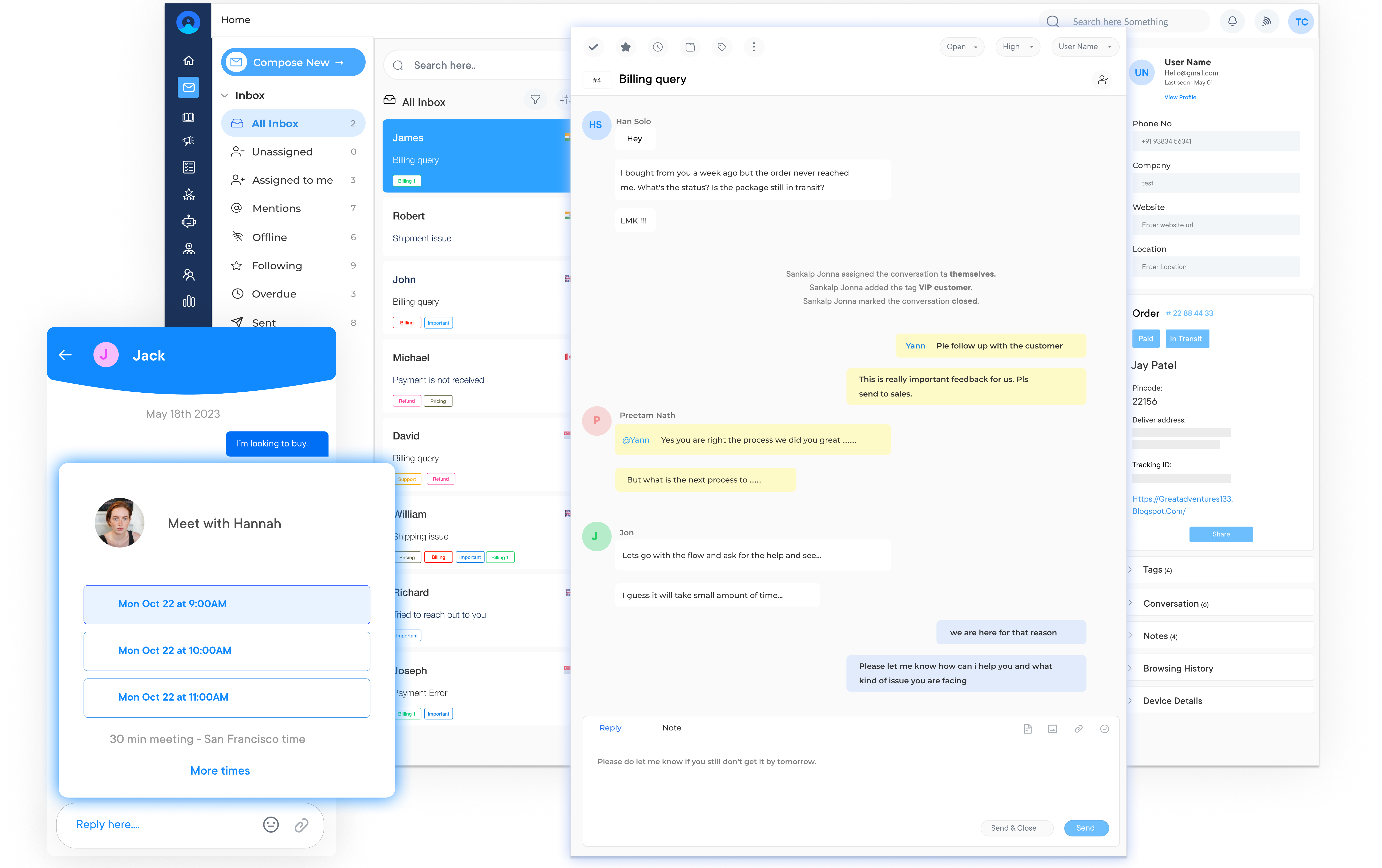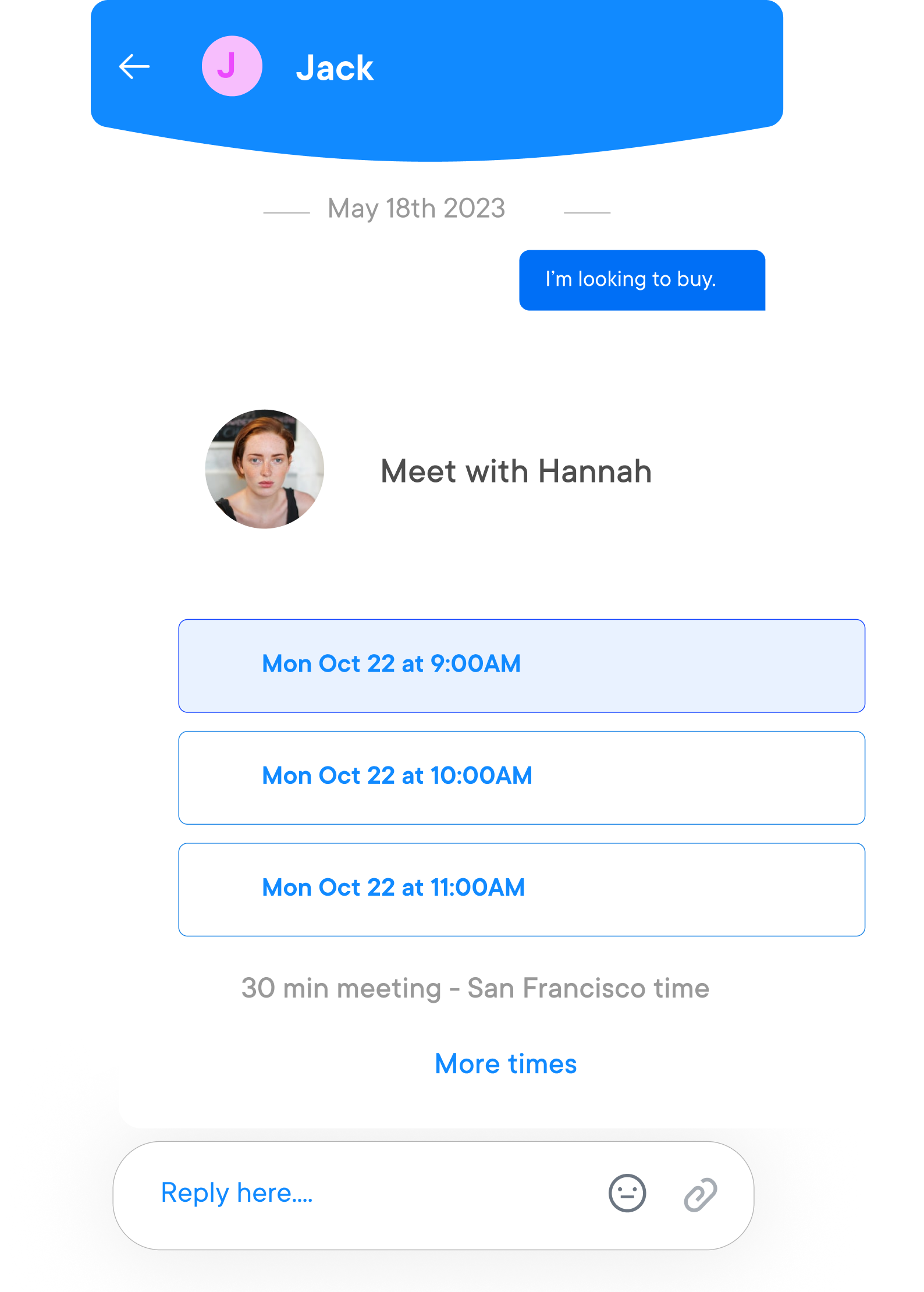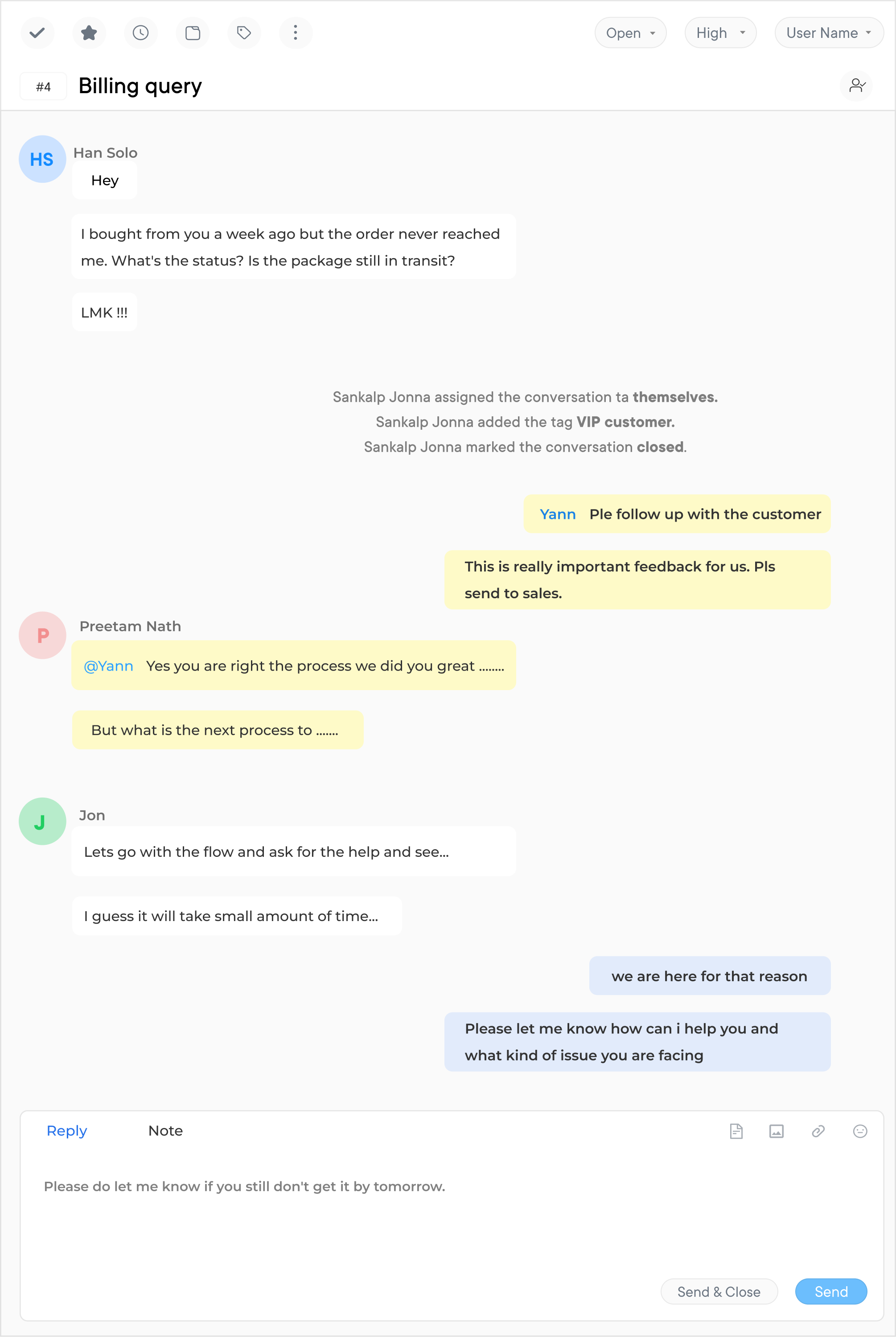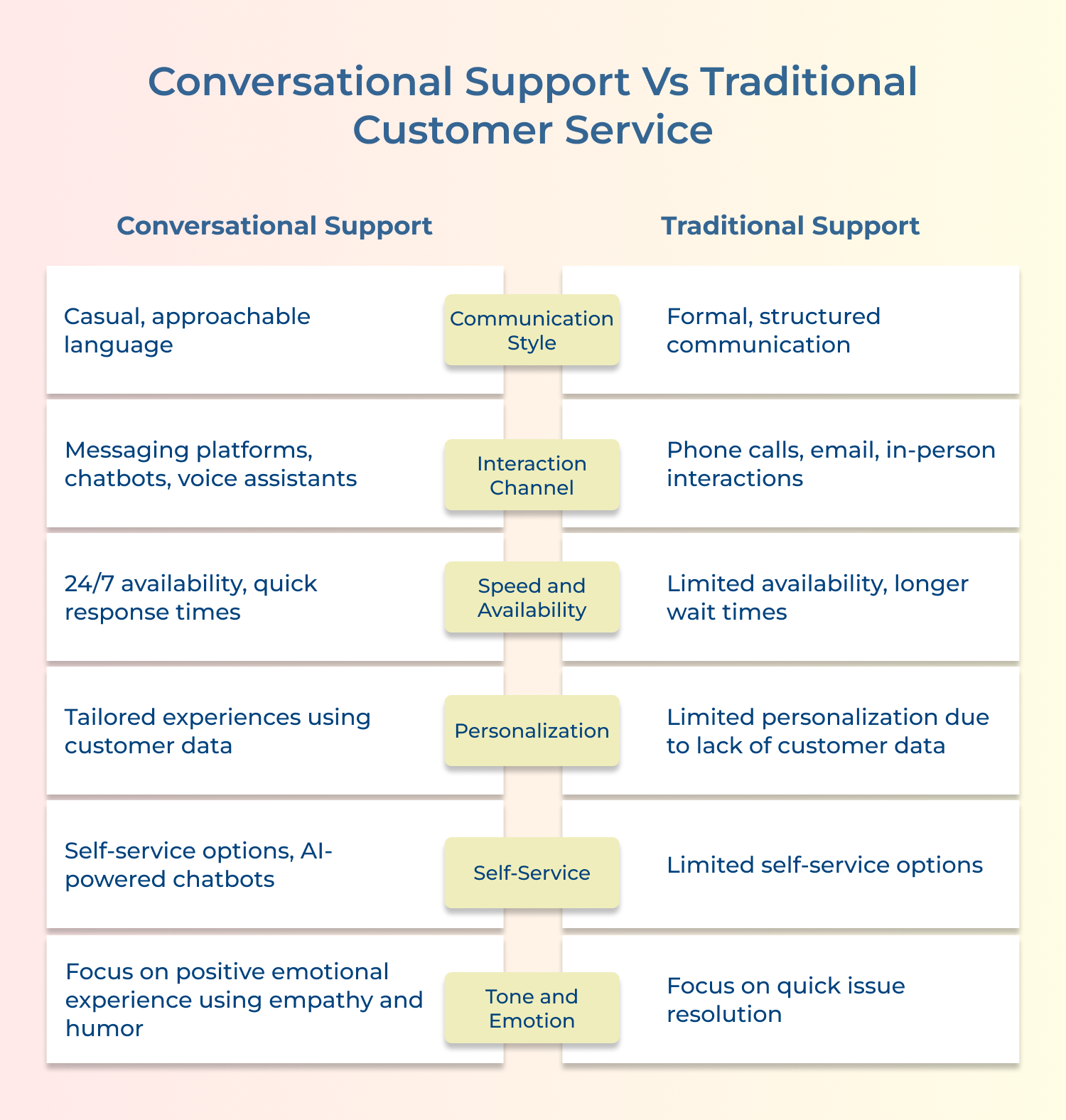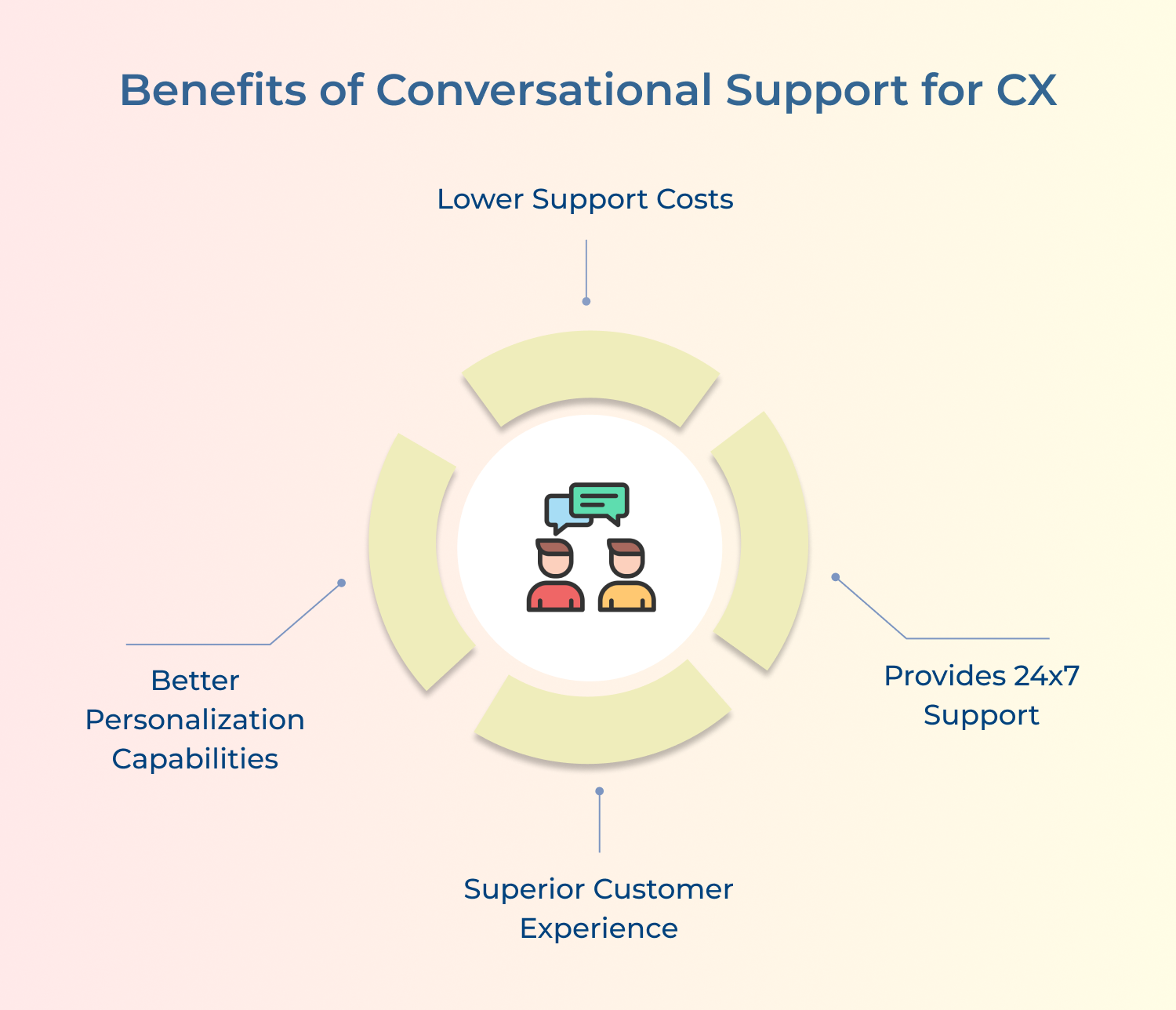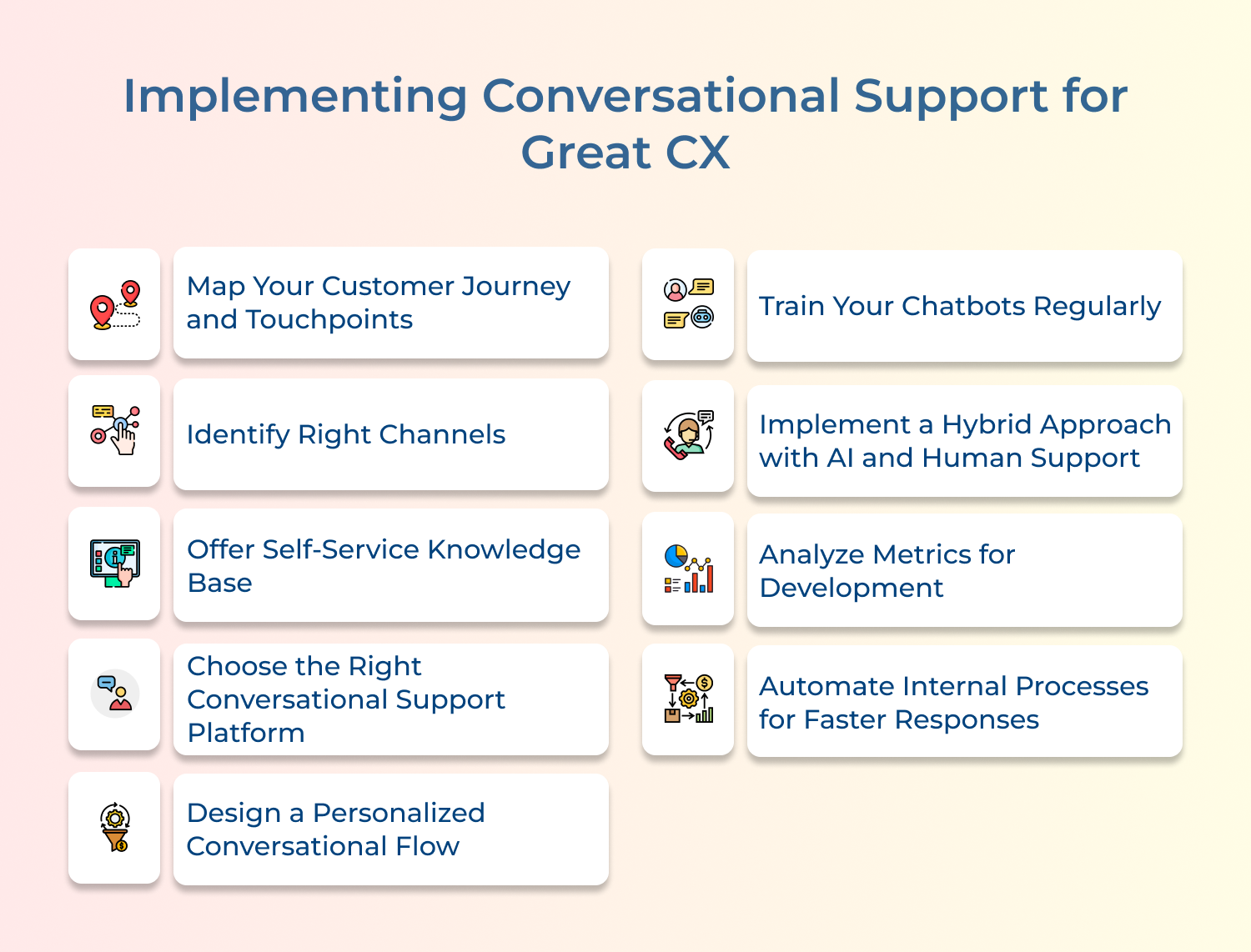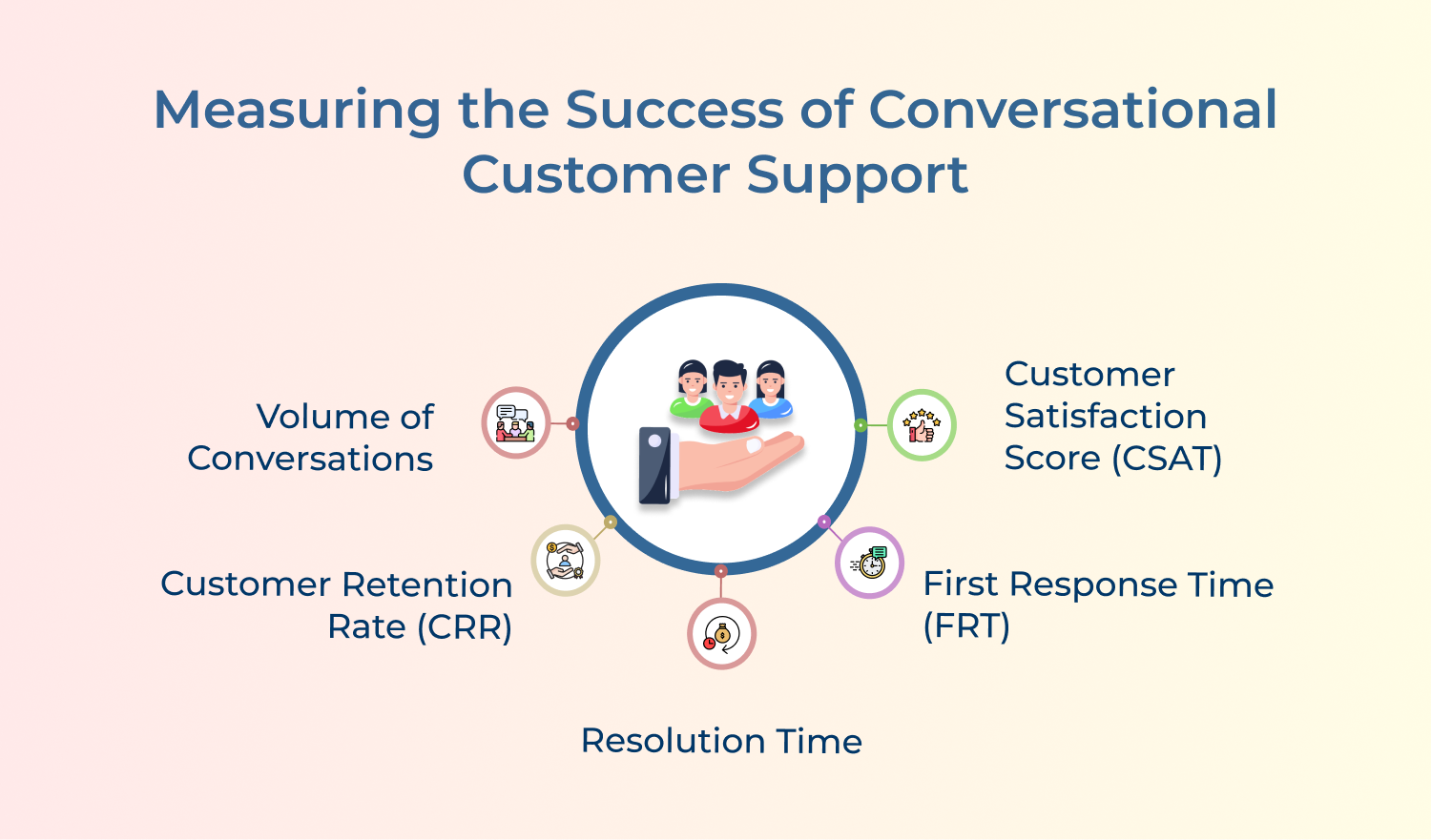Conversational service is becoming an increasingly popular trend in a digital age. With advancements in technology, businesses are now able to engage with customers in a more personalized and interactive way.
Here are 7 key features of conversational service that every business should consider implementing:
Natural Language Processing (NLP)
NLP allows systems to understand and interpret human language in its natural form, rather than requiring users to input specific commands or keywords. Advanced NLP can comprehend context, intent, and even sentiment, enabling more human-like interactions.
The technology powers chatbots and virtual assistants to engage in meaningful dialogues, understand complex queries, all while providing relevant responses. NLP also facilitates multilingual support, enabling businesses to serve a global customer base more effectively.
Omnichannel Integration
Conversational service should be seamlessly available across multiple channels. It includes web chat, mobile apps, social media platforms, SMS, and even voice-based interfaces like phone systems or smart speakers.
Omnichannel integration ensures that customers can start a conversation on one platform and continue it on another without losing context. It provides a unified view of customer interactions across all channels, allowing for consistent and personalized service regardless of how customers choose to engage.
Personalization and Context Awareness
Modern conversational service tools leverage customer data and interaction history to provide personalized experiences. They can access information about past purchases, preferences, and previous interactions to tailor responses as well as recommendations.
Context awareness allows the system to understand the customer’s current situation, such as their location or the product they’re currently viewing, to provide more relevant assistance. This level of personalization helps in building stronger customer relationships while also improving overall satisfaction.
AI-powered Automation and Routing
Artificial Intelligence is emminent in automating routine inquiries and efficiently routing more complex issues. AI-powered chatbots can handle a large volume of common questions, providing instant responses 24/7.
For more complex issues, AI can analyze the query as well as route it to the most appropriate human agent based on factors like expertise, availability, and language skills. The automation not only improves response times, reduces wait times, but allows human agents to focus on more challenging tasks that require empathy.
Real-time Analytics and Insights
Conversational service platforms often include powerful analytics tools that provide real-time insights into customer interactions. These analytics can track metrics like response times, customer satisfaction scores, and common issues.
They can also analyze conversation patterns to identify trending topics or emerging problems. The data helps businesses continually improve their service, train their AI models, and make informed decisions about product development or customer support strategies.
Seamless Human Handoff
While AI can handle many interactions, there will always be situations that require human intervention. Effective conversational service systems provide smooth transitions from AI to human agents when necessary.
The handoff should be contextual, passing along all relevant information from the AI interaction to the human agent. Some systems also offer features like co-browsing or screen sharing, allowing agents to provide more hands-on assistance when needed.
Continuous Learning and Improvement
The best conversational service tools incorporate machine learning capabilities that allow them to improve over time. They learn from each interaction, expanding their knowledge base and refining their responses.
Now, this might involve identifying new patterns in customer queries, learning from successful human agent interventions, or adapting to changes in product offerings or company policies. Some systems also allow for easy content updates, enabling businesses to quickly add new information or adjust responses based on changing needs or customer feedback.
